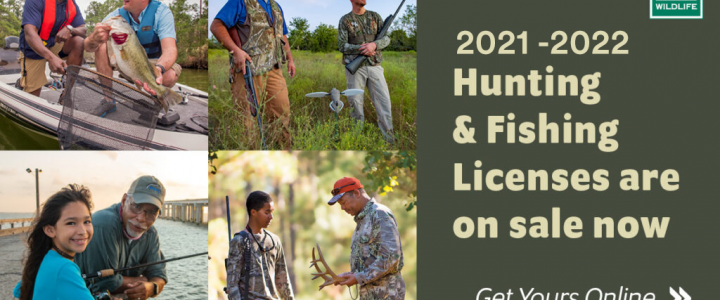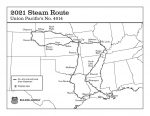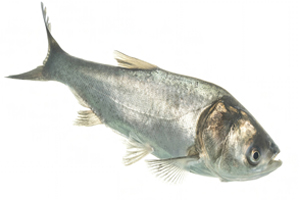The start of a new hunting season is right around the corner and the Texas Parks and Wildlife Department (TPWD) is reminding hunters and anglers that current year Texas hunting and fishing licenses (except the Year-from-Purchase All-Water Fishing Package) will expire at the end of August. New licenses for the 2021-22 season go on sale Aug. 15
Annually, Texans purchase more than 2.7 million hunting and fishing licenses and directly fund a multitude of conservation efforts and recreational opportunities, helping make Texas one of the best places in the country to hunt and fish. Some of the many projects made possible by license sales include fish stocking, wildlife management, habitat restoration, public hunting leases, river fishing access and Texas Game Wardens.
Outdoorsmen and women can purchase a variety of licenses online through the official TPWD website, by phone at 1-800-895-4248 during regular business hours or in person at more than 1,800 retailers across the state. Anyone planning to buy their license from TPWD’s Austin Headquarters is reminded to make an advance appointment. Appointments may be scheduled up to one week in advance. Call 1-800-262-8755 or 512-389-4828 to schedule.
TPWD encourages repeat license buyers to use the expedited checkout process, which speeds up re-purchasing the same license bought in recent years.
Customers can access their past and current licenses in several ways: (1) an electronic photo of one’s license, (2) an emailed receipt of your purchase; (3) one’s account in the online license sales system; (4) via License Lookup in the Outdoor Annual app or in the My Texas Hunt Harvest app. Hunters and anglers must still have a physical license for any activities requiring tags.
Hunting and fishing regulations for the 2021-22 season are available online at outdoorannual.com, on the Outdoor Annual mobile app or in the printed Outdoor Annual booklet. The mobile app is free, and once downloaded, it works without internet connectivity which makes it easy for hunters and anglers to view regulations in even the most remote locations. Other features include license lookup, location-based functionality such as “Hunting Seasons and Regulations by Location,” “Where to Fish,” and more.
Printed copies of the Outdoor Annual can be picked up at license retailers when customers purchase their license or at TPWD offices Additionally, the Outdoor Annual website offers the option to download and print all or select sections of the Outdoor Annual.
The My Texas Hunt Harvest app, which can be accessed through the Outdoor Annual app, enables electronic submission of mandatory harvest reports, including alligator gar harvest reporting. The app also allows hunters to complete their on-site registration for many TPWD public hunting lands. Hunters can hunt on more than one million acres of public land with the purchase of an Annual Public Hunting Permit.
When buying their license, resident hunters and anglers may wish to purchase an entry in the Lifetime License Drawing. Three lucky winners will each win a Lifetime Super Combo License and never need to buy a Texas hunting or fishing license again. Entries are $5 each and can be purchased online, by phone or at any license retailer. The first entry deadline is Sept. 30.
When making their purchase, license buyers can also add a donation of $1, $5, $10 or $20 to help support the Hunters for the Hungry program or the Fund for Veterans Assistance. Donations to the Hunters for the Hungry program provide hunters with a way to donate legally harvested deer to participating processors. The processed meat goes to local food banks to feed Texas families in need. Donations to the Fund for Veterans Assistance program provide grants to veteran service organizations and nonprofit charitable institutions, assisting veterans and their families at the community level throughout Texas.
For frequently asked questions about Texas hunting and fishing licenses, visit the TPWD website.





